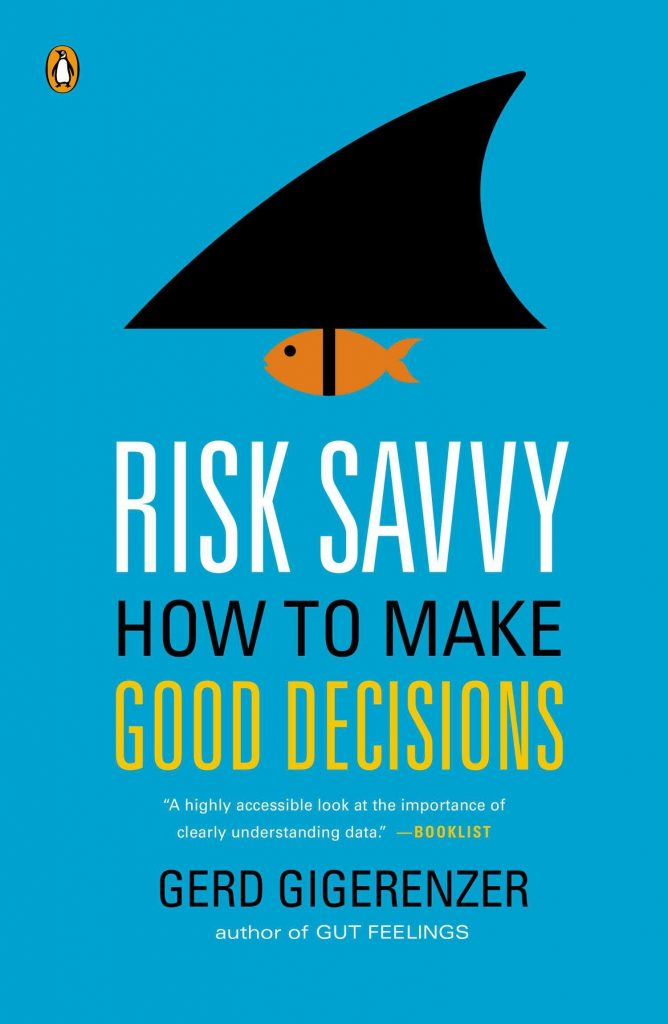Estimated time of reading: 30 minutes
2.1 Support methods for business management
https://www.youtube.com/watch?v=RzxDnNzb9Nk&feature=youtu.be
The main activities of business managers are linked to decision making. Depending on the existing information on the future behavior of certain variables or factors and the situations that can occur, we can classify the decisions in three different groups:
Decisions under conditions of certainty
They occur when the most important factors associated with the decision to be taken are known and can be evaluated, objectively, in different situations.
Decisions under risk conditions
They occur when situations are not controllable (these situations are called states of nature), but the probability of occurrence of each of the different situations is known.
Decisions under uncertainty environment
These are decisions in environments where there is no information on how the behavior of the different possible states of nature will be.
The real meaning of decision making is related to the action inherent in the function of organizing, that is, with the combination of physical and human resources to achieve a certain purpose. «The company is an organization, whose organization is governed according to the principles of the organization».
Organizational design can be defined as «the discipline that deals with the generation and change of the structure of an organization, so that it is able to support the implementation of the chosen strategy and achieve the objectives formulated for the set of the organization “and the organizational structure as the main axis on which the resources are grouped and arranged.

We invite you to read this abstract of the book:
Risk Savvy | How to make good decisions
Gerd Gigerenzer (learn more about him), director of the Max Planck Institute in Germany, offers a brightly written guide to better decision making. He reports a widespread lack of “risk literacy,” and says that confusion over probabilities is pervasive among average people as well as among professionals in many fields, including medicine and investment management. He recommends using heuristics, or rules of thumb, to derive the best solutions for problems with unknown risks and he cautions that complicated solutions seldom fix complex problems.
For more knowledge buy the book
There is no single form of possible management of resources, but it is absolutely necessary to provide the company with a stable structure that is maintained over time and allows the differentiation and integration of activities and, similar to the structure of a building, allow to group resources in a solid and coherent way to achieve the goals pursued.
Just as the structure of a building needs pillars and beams of load that are difficult to modify, and that support the weight of the building and allow to balance all tensions, the organization needs an organizational design or structure that sets the hierarchy (authority and responsibility).

In the organizational design or design of the organizational structure, the differentiation and integration of activities are fundamental parameters.
In any organizational structure it is possible to distinguish between the formal organization, or arrangement of the available elements around a stable structure that is consciously and deliberately constructed by the company management to meet the company’s objectives, and the organization informal that includes the relationships not foreseen by management and that arise spontaneously and uncontrolled among the members of the organization, the result of the social relationship established between individuals. Next, we address the nature of the structure.
